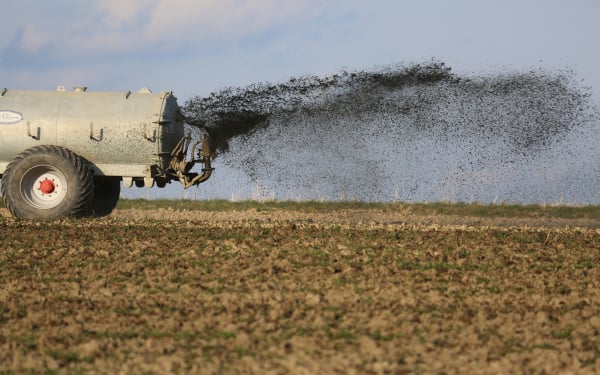
After hitting record highs in 2022, di-ammonium phosphate (DAP) and potash prices retreated in the first half of 2023. However, by the second half of the year, the prices of the two commodities diverged, with DAP prices rising while potash prices continued to move lower.
At the beginning of 2023, the price of DAP stood at US$637.50 per metric tonne, well below the all-time high of US$1,005 per metric tonne set in April 2022. Industry sources point out that the price declines seen in the first and second quarters of 2023 will be of little help to farmers, as most DAP and potash are used in the autumn.
The price drop in the first half of last year was linked to exports of potash to the Chinese market by Canpotex, a unit of fertiliser company Mosaic (NYSE:MOS), at $307 per metric tonne. That was $115 per metric tonne lower than an agreement reached with Indian importers in April, and the export price differential led analysts at Fitch to cut their year-end potash price forecast to $400 per metric tonne from $450 per metric tonne.
According to a Fitch report dated 11 December 2023, the company expects annual average prices for di-ammonium phosphate and potash to fall to $400 and $300 per metric tonne in 2024, respectively.
Josh Linville, StoneX’s vice president for fertiliser, said in a January email to Investing News Network that many of the black swan events that occurred in previous years appear to be in the past and stability has returned to the market. But because of the unpredictability of the current situation, the market may not be out of the woods yet.
Meanwhile, due to the chaos in the Middle East, ships between European fertiliser suppliers and Asian importers are being rerouted, mainly around the southern tip of Africa, which has significantly increased delivery times. If delays continue, they could start to affect producers’ profitability, as transport costs account for about 10% of fertilizer costs.
Analysts point out that the price of di-ammonium phosphate will continue to rise in 2024 due to the tightening of stocks in the US following autumn production, which has led to a clearing of the system. This has caused the price of product entering through the Port of New Orleans to rise to $590 per metric tonne three months before the start of the spring planting season in North America.
In addition, it remains to be seen how crop yields will be affected, although the drop in demand is partly due to consumers being driven by high prices to buy alternatives. The impact of the “black swan” event that led to the price increase may have subsided, but tensions along major shipping routes could increase volatility in the fertilizer market. Finally, fertilizer exports from Russia have continued without any problems so far, but an expansion of the conflict or sanctions could jeopardize these exports.